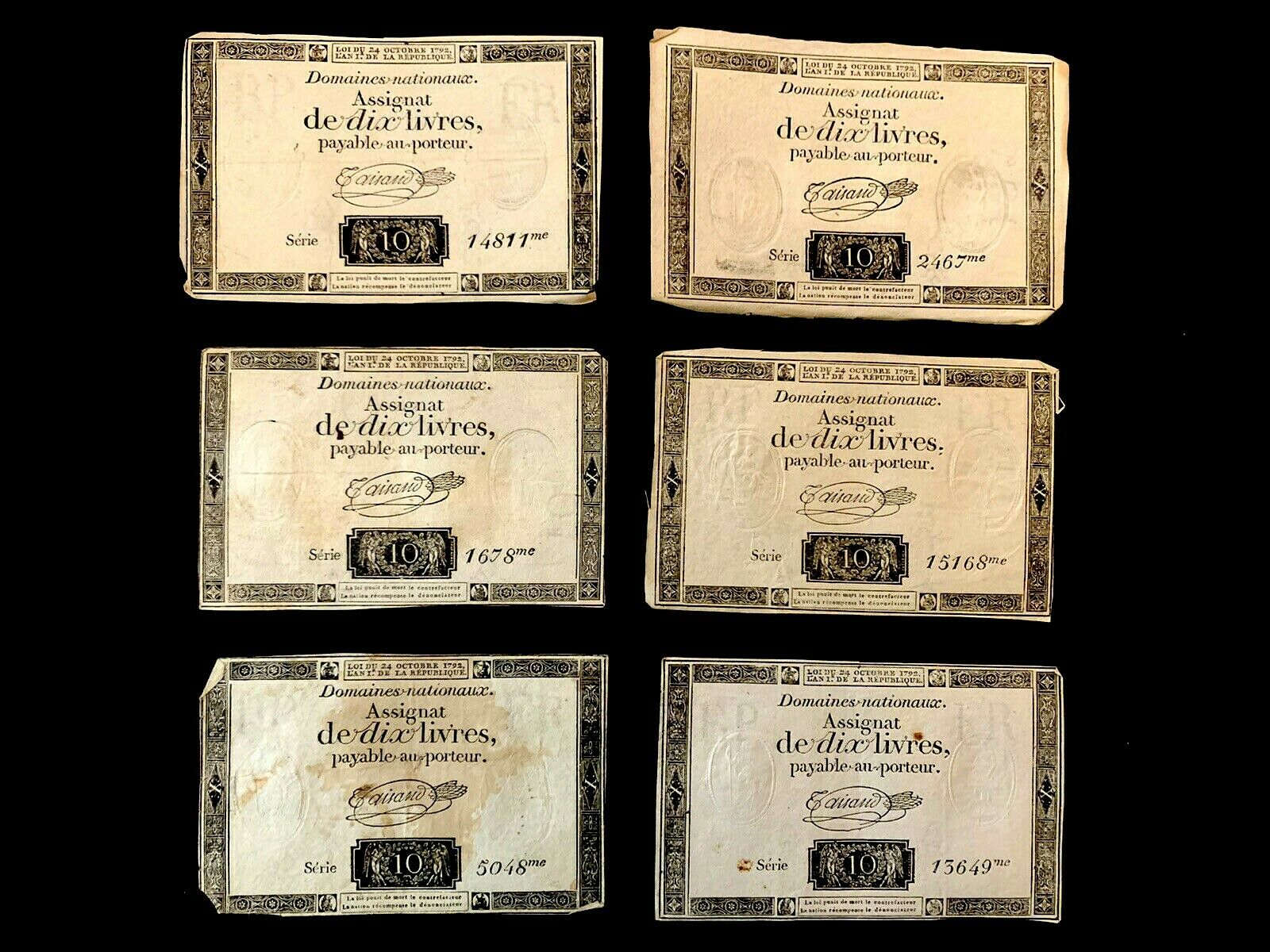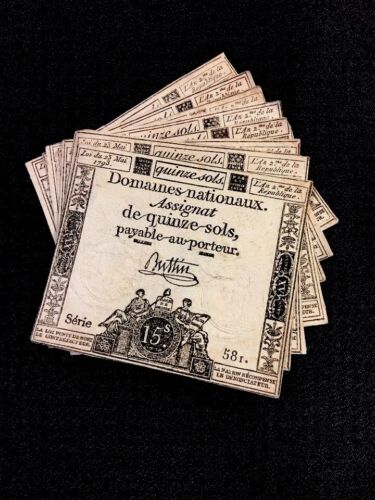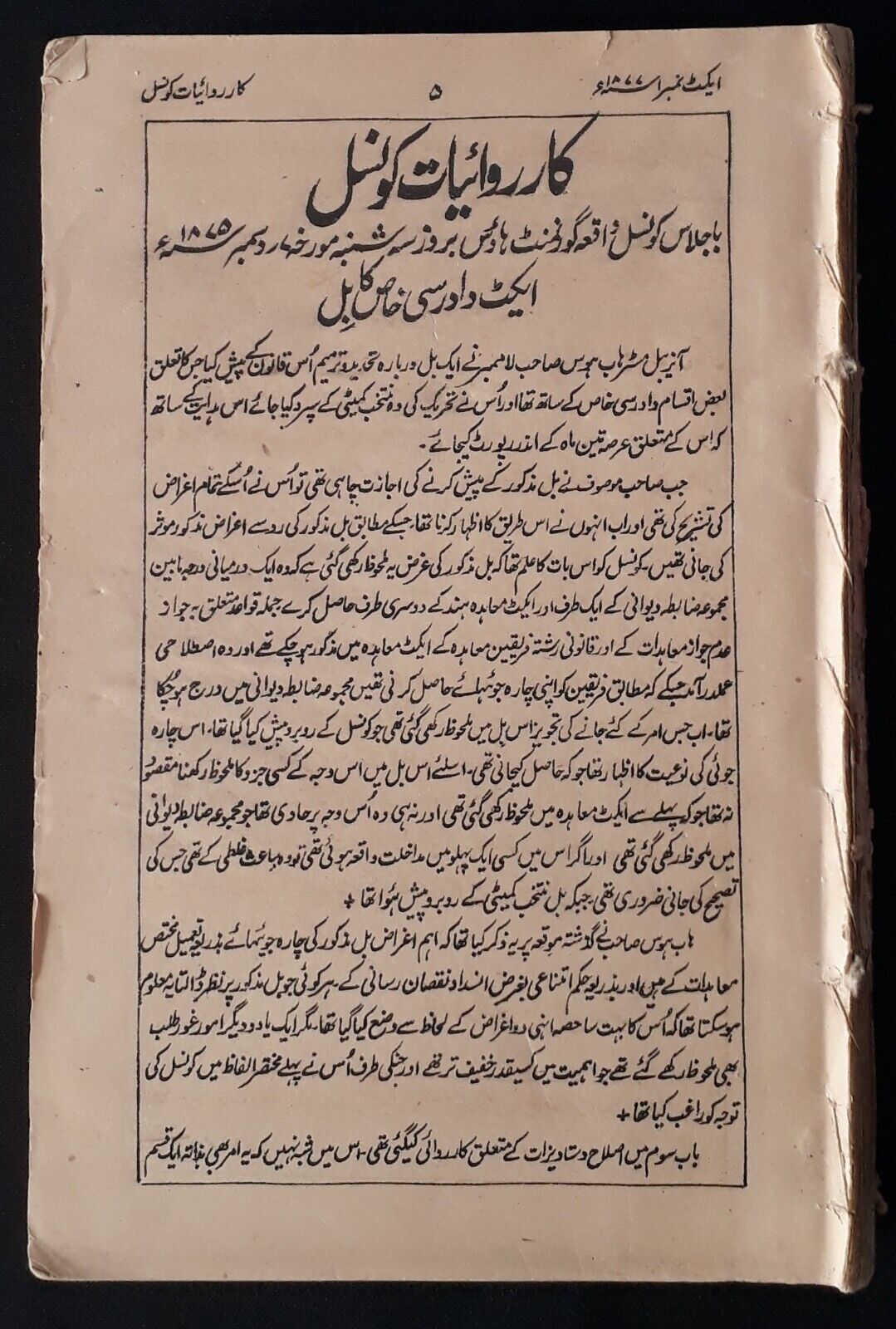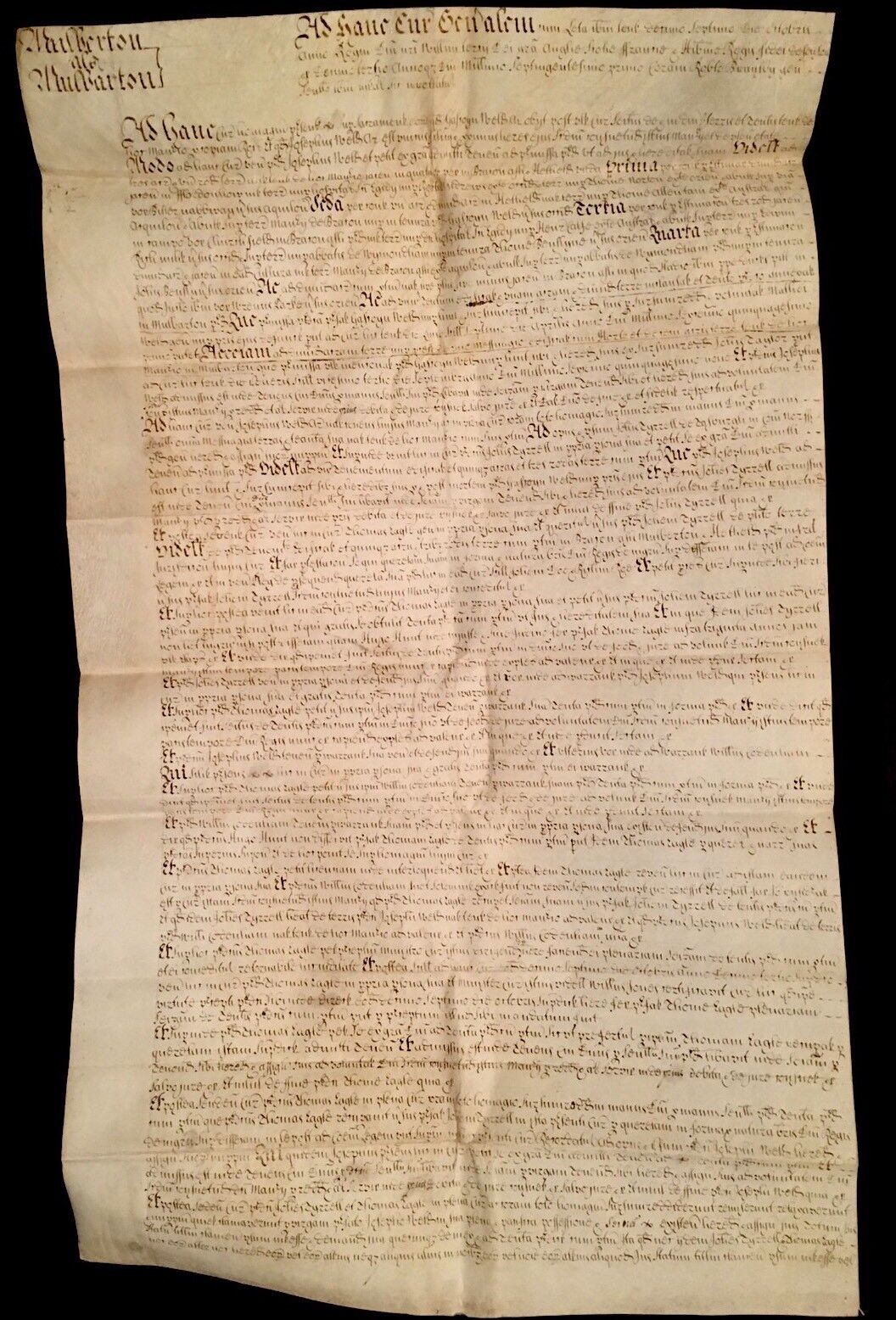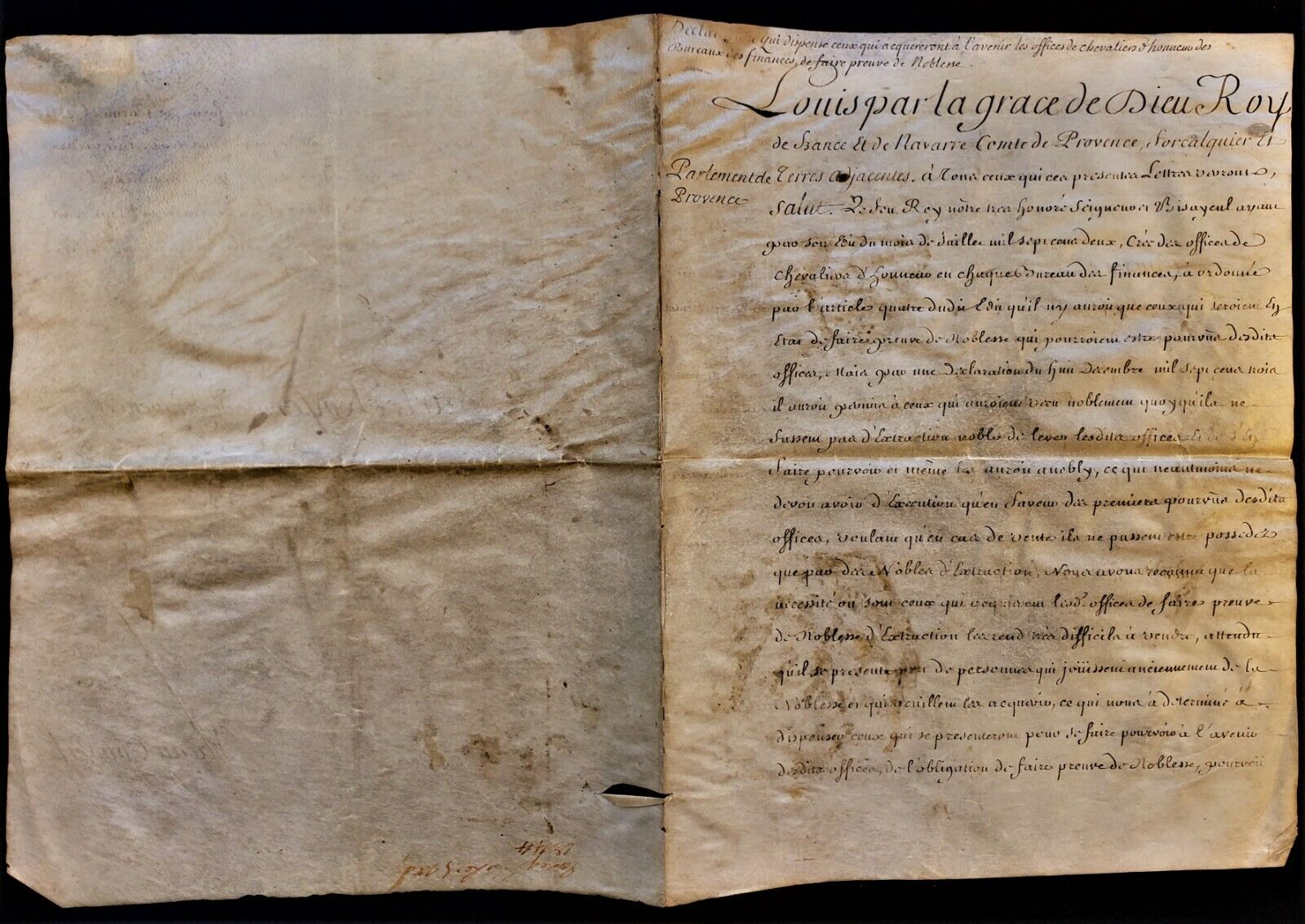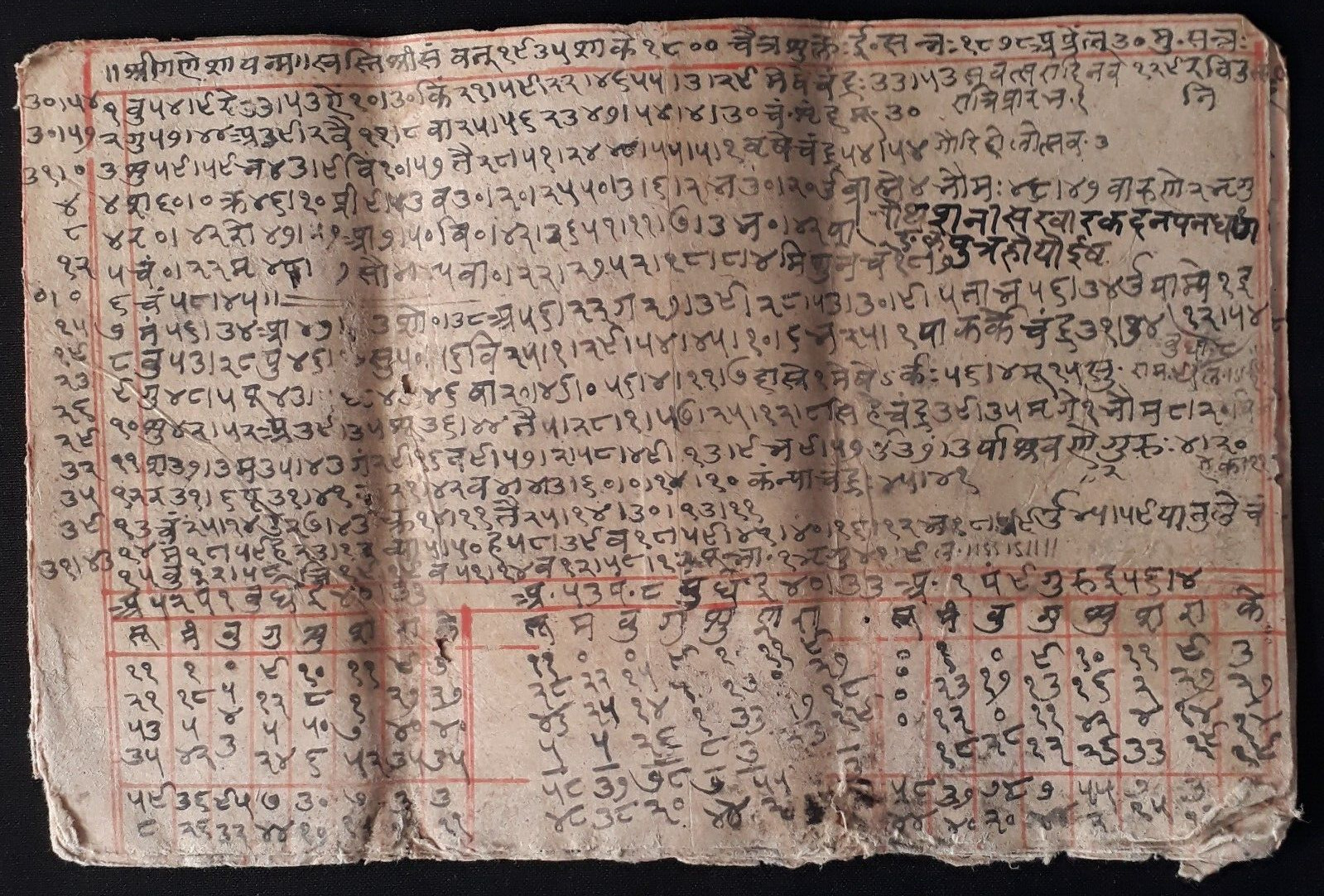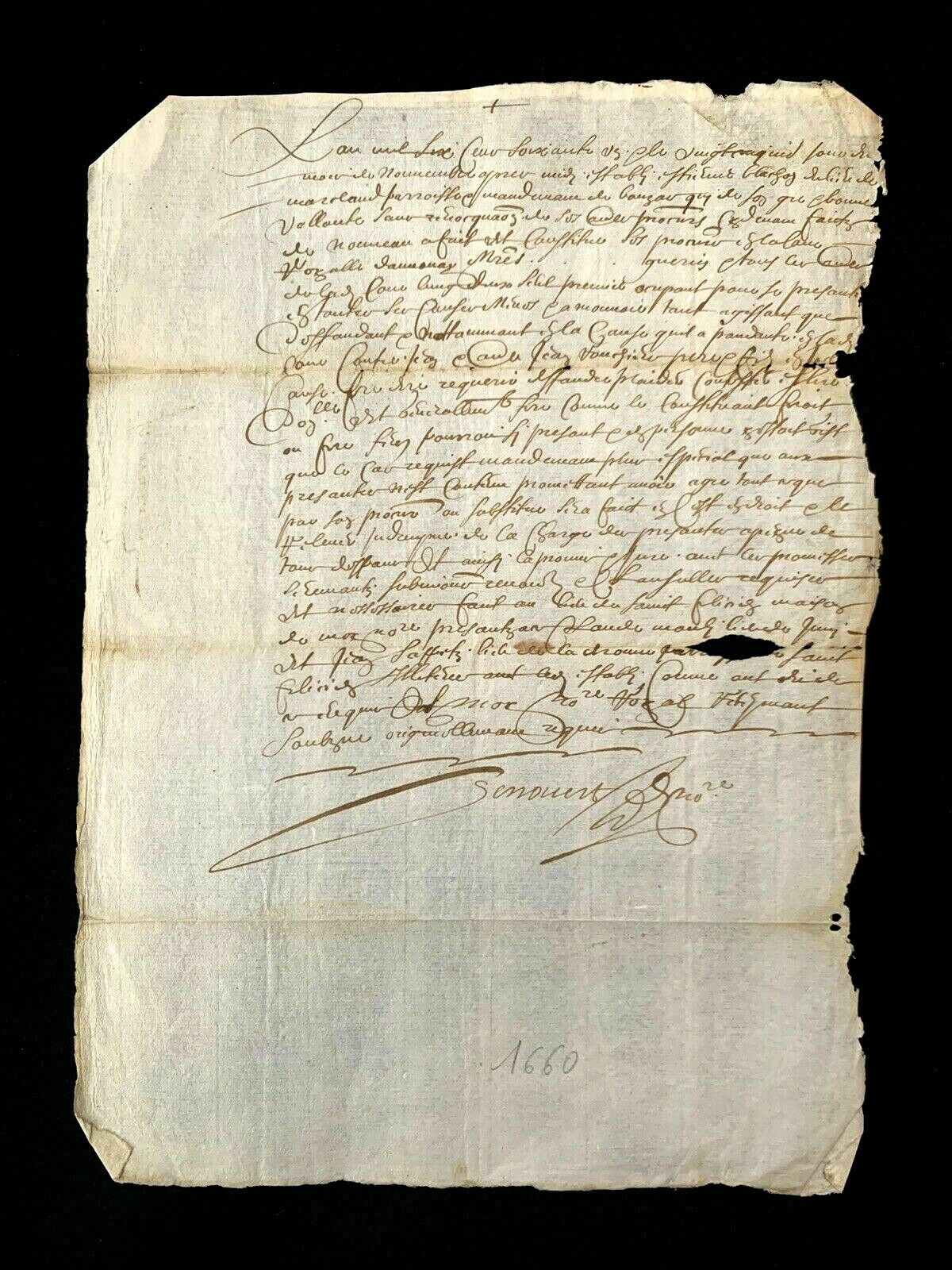-40%
1792 MANUSCRIPT - DESCRIPTION OF KOREA - Joseon Choseon Dynasty - AINU PEOPLE
$ 303.59
- Description
- Size Guide
Description
1... own a piece of history - today!
Rare Japanese Manuscript
One of the Earliest Desciptions of Korea
Made circa 1792
The Controversial Primary Survey
Of Japan, Korea, and Nearby Islands
By Hayashi Shihei
Immediately Banned by the Shogun
Hayashi Shihei 林 子平
Title:
Sangoku Tsuran Zusetsu. 三国通覧図説 [Illustrated General Survey of the Three Countries]
[Edo: Hayashi Shihei 林 子平, circa 1787.]
Exceedingly rare and historically significant manuscript complete with manuscript drawings, made circa 1792, transcribing the banned controversial work by Hayashi Shihei which attributed coveted geographical regions to non-Japanese sovereigns, and which led the author to house arrest and his works destroyed by the Shogun. This work centers largely around the indigenous Ainu people and the with Joseon Dynasty (Korea), thus being a very early account of Korea. All text is in Japanese. Author-published. 89 pages in manuscript including title page and end leaf. Indication of once being string-stitched at spine, opening from left to right. Leafs measure approximately 19 x 26 cm. Significant amount of worm burrowing, some leaves lightly fused together as a result, maps not present, nonetheless a valuable historic addition for any library, being an exceedingly scarce surviving manuscript of the famous "Sangoku Tsuran Zusetsu" by Hayashi Shihei.
One of the earliest attempts to define Japan's outer boundaries, and distinguish it from the neighboring nations, the book deals with Joseon Dynasty (Korea) and the Kingdom of Ryukyu (Okinawa), and Ezo (Hokkaido) and the Ogasawara Islands (Bonin Islands). The content of this work is as controversial today as it was when it was released by the author 235 years ago. A statue of Hayashi Shihei stands in his honour, however, in Kotodai Park, Sendai.
This work was emphatically criticized, immediately banned, and destroyed by the shogunate, all but a very scant few copies, that is, which were kept in hiding by scholars who took it upon themselves to secretly transcribe the important writings, with the original in hand. This is one of those surviving secret manuscripts, which were so very few in number and are exceedingly scarce.
Hayashi Shihei (1738-1793) was a Japanese military scholar, political theorist, military strategist, writer, and a retainer of the Sendai Domain. He was a samurai of the Sendai clan issued in 1785 (Tenmei 5).
His name is sometimes transliterated, according to the Sino-Japanese reading, as Rin Shihei’'. Hayashi is known as one of the "Three Excelling Men of the Kansei Period" (Kansei no san-kijin 寛政の三奇人).
Circa 1785 he wrote the highly controversial "Sangoku Tsuran Zusetsu" [Illustrated General Survey of the Three Countries]
which consisted of five maps and one text volume which detailed the customs of Korea, Ryukyu Kingdom, and Ezo country (Hokkaido), recounting an exploratory geographical survey of the regions that were then the frontiers of Japan, including Korea, Hokkaido, and the Ryukyu Islands, also providing descriptions of the inhabitants, including the Ainu.
It contained, among other repugnant content in the eyes of the shogun, the attribution of Korean sovereignty over the Dokdo / Takeshima / Liancourt archipelago, and secondly, Chinese sovereignty over the Senkaku Islands [Diaoyu Islands]
instead of recognizing it as part of the Ryukyu Kingdom (which had been a vassal state of the Satsuma Domain of Japan with 'de jure' status since 1609).
Not a single publisher dared to put their name on the work, for fear of retribution,
and thus, Hayashi released it independently in the years of 1787-1791, at his own expense.
In 1792 [Kansei 4], the Tokugawa shogunate evaluated the content of this book, declared it a delusion, and banned it.
The printings of Sangoku Tsuran Zusetsu also became collateral victim of this banning. Almost all the original woodblock-printed versions of Sangoku Tsuran Zusetsu were collected and destroyed.
In 1787, he had published a second work of enlightened perspective and concern, titled 海國兵談 "Kaikoku Heidan" [Military Defense of a Maritime Nation]. This was a 16-volume work which brought to light the potential inadequacy in the military defense of Japan during the Edo period, specifically highlighting the island's vulnerability from the sea, as well as the need for Japan to adopt Western military science for improved defenses along Japanese frontiers, and the re-education of the samurai.
Hayashi believed the nation's crisis was due to the repeated arrivals of foreign ships. He complained of a lack of organized drill exercises, and stressed the importance of choren, or teamwork drill, rather than mere individual martial training. He gave technical descriptions about shipbuilding, cannons and other military designs. He was especially critical of the Shogunate's sakoku national isolation policy.
The work generated great interest, but it too, was banned in May 1792, on the grounds that national security matters were being discussed without official consent.
This work having been published a few years prior, it was impossible to locate and destroy all printed copies, but the woodblocks were seized and destroyed with those of Sangoku Tsuran Zusetsu.
Simultaneously, as his two works were banned and destroyed, Hayashi was placed under house arrest. He died the following year, 28 July 1783, at the young age of 54.
There were rumours of suicide and speculations of decapitation by authorities, but no evidence for either has surfaced. Ironically, shortly after Hayashi was punished, a Russian ship arrived in Nemuro, and the shogunate was forced to take measures to protect the coast, as had been suggested in Hayashi's "Kaikoku Heidan".
In spite of the shogunate's best efforts, a scant few of 'Sangoku Tsuran Zusetsu' survived, thanks to a handful of audacious erudite men, and manuscript transcripts of his maps began to circulate covertly in learned Japanese circles.
This book also went from Nagasaki to Holland and Germany through Katsuragawa Hoshu (1751-1809), who was a physician to the Shogun from 1777 and an Edan scholar in Edo; it was subsequently translated into European languages in Russia. In 1872, it was translated into French by the German Oriental scholar Heinrich Klaproth.
Shugun Tokugawa Ienari, who suppressed and destroyed these works, and who exiled the author to his home, reigned from 1787-1837.
In the first year of his reign there were rice riots in Edo and Osaka. Later tragedy, the Great Fire of Kyoto and the Tenpo famine took place. And in his strict fashion, in 1817 he ordered the expulsion of Titia Bergsma, the first European woman to visit Japan. The Dutch and Chinese were allowed to visit the country, but only for trade, and no women were permitted. Bergsma never saw her husband again.
Credit to Pierre Joppen of Paulus Swaen Gallery, whose research on the subject is exhaustive and from whom some of the above content has been copied.













